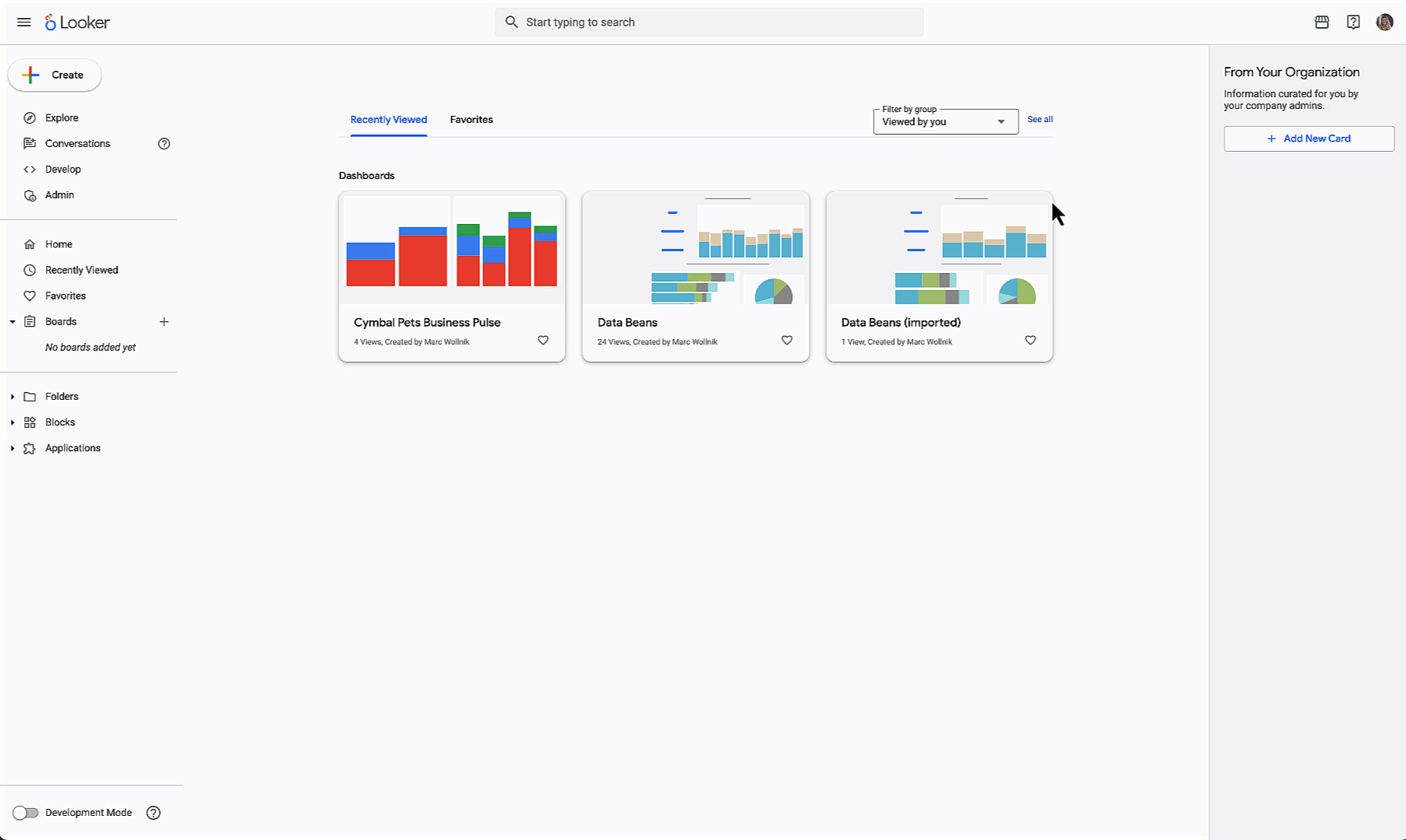GCP – Cloud WAN under the hood: A closer look at its differentiated networking capabilities
In today’s fast-paced digital landscape, businesses are choosing to build their networks alongside various networking and network security vendors on Google Cloud – and it’s not hard to see why. Google cloud has not only partnered with the best of breed service vendors – it has built an ecosystem that allows its customers to plug in and readily use these services
Cloud WAN: Global connectivity with best in class ISV ecosystem.
This year, we launched Cloud WAN, a key use case of Cross-Cloud Network, that provides a fully managed global WAN solution built on Google’s Premium Tier – planet-scale infrastructure, which spans over 200 countries and 2 million miles of subsea and terrestrial cables — a robust foundation for global connectivity. Cloud WAN provides up to a 40% TCO savings over a customer-managed global WAN leveraging colocation facilities1, while Cross-Cloud Network provides up to 40% improved performance compared to the public internet2.
The ISV Ecosystem advantage
Beyond global connectivity, Cloud WAN also offers customers a robust and adaptable ecosystem that includes market-leading SD-WAN partners, managed SSE vendors integrated via NCC Gateway, DDI solutions from Infoblox and network automation and intelligence solutions from Juniper Mist.These partners are integrated into the networking fabric using Cloud WAN architecture components such as network connectivity center for centralised hub architecture, Cloud VPN and Cloud Interconnect for high bandwidth connectivity to campus and data center networks. You can learn more about our Cloud WAN partners here.
In this post, we explore Google Cloud’s enhanced networking capabilities like multi-tenant, high-scale network address translation (NAT) and zonal affinity that allow ISVs to integrate their offerings natively with the networking fabric – giving Google Cloud customers a plug-and-play solution for cloud network deployments.
- aside_block
- <ListValue: [StructValue([(‘title’, ‘$300 to try Google Cloud networking’), (‘body’, <wagtail.rich_text.RichText object at 0x3e68672ab040>), (‘btn_text’, ‘Start building for free’), (‘href’, ‘http://console.cloud.google.com/freetrial?redirectpath=/products?#networking’), (‘image’, None)])]>
1. Cloud NAT source-based rules for multi-tenancy
As ISVs scale and expand their services to customers around the globe, infrastructure management can become challenging. When an ISV builds a service for their customers across multiple regions and languages, a single-tenant infrastructure becomes costly, prompting the ISVs to build a shared infrastructure to handle multi-tenancy. But multi-tenancy on shared infrastructure, brings complexities in its own right, especially around network address translation (NAT) and post-service processing. Tenant traffic needs to be translated to the correct allowlisted IP based on region, tenant and language markers. Unfortunately, most NAT solutions don’t handle multi-tenant infrastructure complexity and bandwidth load very well.
Source-based NAT rules in Google Cloud’s Cloud NAT service allow ISVs to NAT their traffic on a granular, per-tenant level, using the tenant and regional context to apply a public NAT IP to traffic after processing it. ISVs can assign IP markers to tenant traffic after they process it through their virtual appliances; Cloud NAT then uses rules to match IP markers and allocates the tenant’s allowlisted public NAT IPs for address translations before sending the traffic to its destination on the internet. This multi-tenant IP management fix provides a scalable way to handle address translation in a service-chaining environment.
Source-based NAT rules will be available for preview in Q3’25.
2. Zonal affinity keeps traffic local to the zone

Another key Cloud WAN advance is zonal affinity for Google Cloud’s internal passthrough Network Load Balancer. This feature minimizes cross-zone traffic, keeping your data local, for improved performance and lower cost of operations. By configuring zonal affinity, you direct client traffic to the managed instance group (MIG) or network endpoint group (NEG) within the same zone. If the number of healthy backends in the local zone dips below your set threshold, the load balancer smartly reverts to distributing traffic across all healthy endpoints in the region. You can control whether traffic spills over to other zones and set the spillover ratio. For an ISV’s network deployment on Google Cloud, zonal affinity helps ensure their applications run smoothly and at a lower TCO, while making the most of a multi-zonal architecture.
Learn more
With its simplicity, high performance, wide range of service options, and cost-efficiency, Cloud WAN is revolutionizing global enterprise connectivity and security. And with source-based NAT rules, and zonal affinity, ISVs and Google Cloud customers can more easily adopt multi-tenant architectures without increasing their operational burden. Visit the Cloud WAN Partners page to learn more about how to integrate your solution as part of Cloud WAN.
1. Architecture includes SD-WAN and 3rd party firewalls, and compares a customer-managed WAN using multi-site colocation facilities to a WAN managed and hosted by Google Cloud.
2. During testing, network latency was more than 40% lower when traffic to a target traveled over the Cross-Cloud Network compared to when traffic to the same target traveled across the public internet.
Read More for the details.




